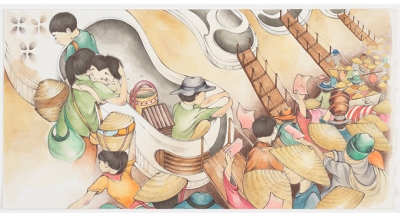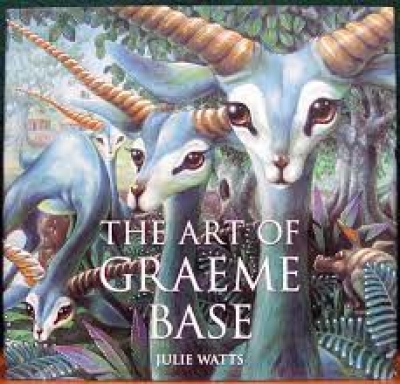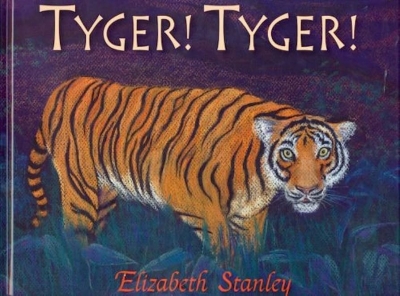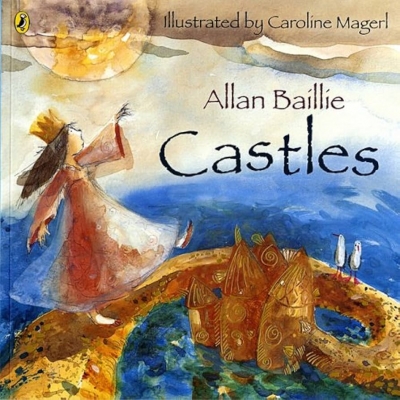Picture Books
Imagine … the Wonder of Picture Books
Many adults who grew up the 1980s doubtless remember a hairy, conical-shaped creature with very big feet that lived in the Australian bush, as well as a large hippopotamus that lived on a little girl’s roof and ate cake. The conical creature was, of course, Grug. Ted Prior’s Grug books were small, affordable paperbacks featuring simple but entertaining stories about this unflappable creature. The series is now being republished, and it includes new titles such as Grug and the Circus and Grug Learns to Read (Simon & Schuster, $4.99 pb, 32 pp).
... (read more)The line between picture books, graphic novels and comic books is becoming increasingly blurred as picture books adopt elements from a wide range of graphic forms of storytelling.
... (read more)The Art of Graeme Base by Julie Watts
Nation-building, educational imperatives, old-fashioned economics: children’s books get published for a variety of reasons, none of which alone is a guarantee of quality. Ultimately, a picture book’s success or failure comes from within, the interplay of the words and pictures on the page, and children have a wonderful way of reading around the institutional pathways constructed for them by authors and publishers. Why walk next to a wall when you could run along the top?
... (read more)A good picture book is like a complicated dance between words and pictures in which each must be in step and working towards the same artistic outcome. If either clement is dancing to a different tune, the narrative strength will be diminished and the story will limp along. In The Peasant Prince: The True Story of Mao s Last Dancer (Penguin, $29.95 hb, 40 pp, 9780670070541), author and illustrator combine in an exquisite pas de deux. Li Cunxin, international ballet dancer turned successful Melbourne stockbroker and best-selling author, has now added a children's picture book to his impressive CV.
... (read more)The latest batch of Australian picture books contains many good, solid stories, competently told – but definitely nothing out of the ordinary. However, picture books do not necessarily have to deal with new subjects, use complex illustrative techniques or contain gimmicks to be something special. Some of the best picture books are those which simply celebrate the ordinary.
... (read more)Like all books, picture books are a vehicle of communication, narrative, information and emotions. Because of the adaptability of the picture-book genre, which communicates using both verbal and visual language systems, it is sometimes possible for authors and illustrators to challenge the underlying precepts of the role of language in the communication process.
... (read more)



